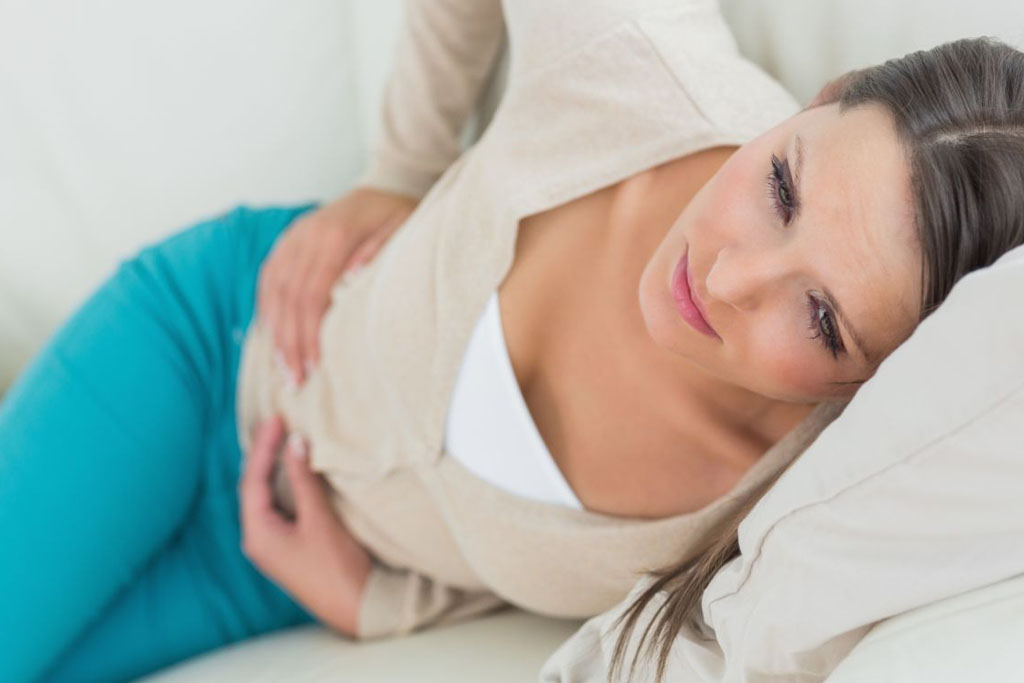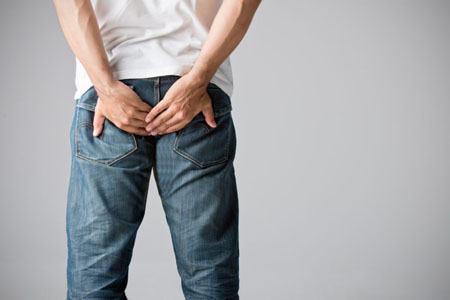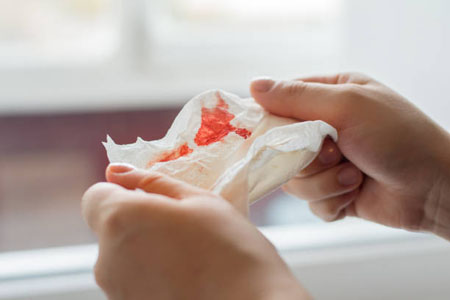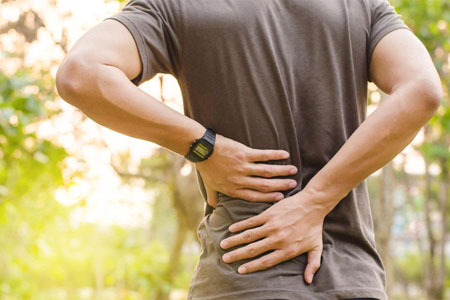Introduction
Hemorrhoids - commonly known as piles - are swollen blood vessels (veins) which develop inside and/or outside the anus. They are felt as lumps around and inside the anus . The lumps are formed by increased pressure on blood vessels in the area, causing them to enlarge and swell. If they become infected, they can cause bleeding, pain and discomfort and require medical attention.
Causes of Piles/Hemorrhoids
The exact cause of piles is not known. One theory is that it is due to weakness of the tissues that connects the anal cushions to the muscle layers underneath. Due to this weakness, the anal cushions slide out of their normal place and down the back passage.
You have an increased risk of getting piles if you:
- Have Constipation – this is the most common cause which leads to straining during defecation. Straining leads to pressure on blood vessels causing them to swell, elongate and slide down the anal opening.
- Eat a low-fibre diet- Lack of dietary fibre can cause hard stools, constipation and straining.
- Spend too much time in the toilet and holding the urge when you have to go.
- Have long-lasting (chronic) diarrhoea.
- Are pregnant - due to the effect of hormones on the blood vessels, plus the increasing weight of the baby within your abdomen.
- Are Overweight.
- Lift heavy weights.
- Have a family history of piles.
- Have cancer or growths in your pelvis or bowel, which may put pressure on your abdomen.
- Old age- Ageing reduces the efficiency of the circulation.
Types of Piles/Hemorrhoids
There are two types of hemorrhoids:
- Internal hemorrhoids - these occur inside the anus - Usually painless
- External hemorrhoids - these appear outside the anus - may become painful
| Hemorrhoids are also classified by the Degree of prolapse (dropping outside the anus), their size & if they are infected | |
|---|---|
| GRADE I | hemorrhoids bleeds but do not prolapse (do not come outside the anus while passing stools) |
| GRADE II | hemorrhoids prolapse on straining and then reduce by itself (go back inside the anus by itself) |
| GRADE III | hemorrhoids prolapse on straining and do not reduce by itself and may require manual reduction (have to push it back inside the anus by using your fingers) |
| GRADE IV | Prolapsed hemorrhoids are trapped outside the anus and may become strangulated, infected and painful. |
Symptoms of Piles/Hemorrhoids
- Bright red blood spots in the toilet or on the toilet paper.
- Heavy bleeding during defecation (During Passing Stools)
- Itching and discomfort around the anus.
- Feeling of a lump or mass near the anus which may be painful or painless.
- Mucus discharge after passing a stool.
- Discharge around the anus and soiling of clothes.
- Pain while passing stools and after passing stools.
- Feeling of incomplete evacuation of your bowels.
The most frequent complaint in true Hemorrhoid is Painless bleeding, which usually appears early in the course of the disease See your doctor if you have blood in your stool. Hemorrhoids could be the problem, but bloody stool could also be a symptom of something far more serious, like colon cancer.
Complications of Hemorrhoids
If Hemorrhoids are ignored and no treatment is given to cure them, they can lead to-
- Iron Deficiency Anaemia (from heavy bleeding)
- Weakness
- Prolapse of whole hemorrhoidal tissue outside the anus.
Diagnosis
In most cases, diagnosis is easily made by a thorough history taking and on physical examination by your doctor. In advanced cases some tests may be required like Anoscopy (Proctoscopy), Sigmoidoscopy and Colonoscopy.
It is never a good idea to diagnose the condition yourself




